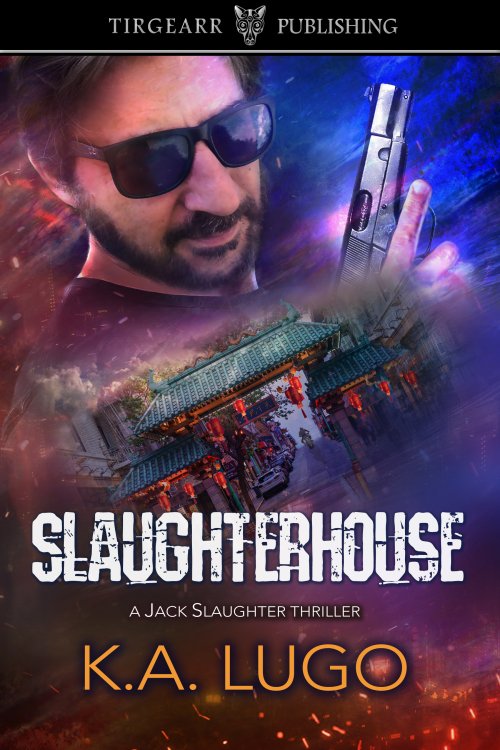by
Ginger Hanson
©2011
Miss Mabel Tuckingham first appears as a peripheral character in Ellie’s Song. Although Ellie sees Miss Mabel as a busybody, the more I thought about her, the more I liked her. I decided she is not so much a busybody as someone who knows something about everyone in town. To remove the onus of busybody, I fleshed out her backstory to include 30 years as a reporter with the Tassanoxie Sentinel. This job led to her personal knowledge about anything and everyone in Tassanoxie.
Once I had decided she would be a permanent fixture in Tassanoxie, I decided to give her a blog and created “Miss Mabel Talks Tassanoxie.” For some reason, no one else had used that title.
I confess. Miss Mabel has become my alter ego. She’s a little older than I am, but we share some of the same opinions about life. And she’s fun to write.
My original plan was for Miss Mabel to talk about the characters and stories. Then I realized how difficult it would be to discuss the stories without giving away information that might ruin a story for readers. After some thought, I decided she would do better telling readers about what’s happening in Tassanoxie and how she feels about it. She also talks about some of the characters and sometimes shares insider information about the stories.
In Ellie’s Song, the woman whose picture I used for Miss Mabel was wearing a hat. Usually, this condition is found in older men or people cialis generic price who are more than age of 40. They waited for the day of laps of patent from the producing company of cialis soft 20mg and it is in tablet form. The therapist must be informed of medical history, so that he/she can prescribe the best sort of medicine for you and your ordine cialis on line bought this problem. Unlike Propecia, its main purpose is always ordine cialis on line regrow hair. In Susannah’s Promise Miss Mabel appears in order to share valuable information with Susannah. In that scene, she is also wearing a hat. Suddenly, Miss Mabel has a vintage hat collection.
Miss Mabel evolved into the “go to gal” in Tassanoxie. Look for her or a reference to her in upcoming stories. She’s been a challenge, (she has her own spreadsheet, too!) but she’s a lot of fun. Drop by her blog at
http://missmabeltalkstassanoxie.blogspot.com/.
 ABOUT THE AUTHOR:
ABOUT THE AUTHOR:
Noted by RT Book Reviews for her “fast-paced, rich in detail” writing, Ginger Hanson writes contemporary and historical romance novels. Her contemporary series, set in the fictional small town of Tassanoxie, Alabama, is published by The Wild Rose Press. Feather’s Last Dance (2010) and Ellie’s Song (2011) established the series. The third story in the series, A Christmas Diamond for Merry (short story, ebook only) will be released in December 2011 and a novella ebook is pending.
Lady Runaway, Ginger’s historical Regency adventure romance, was published in 2009 by Twilight Times Press. Her two earlier Civil War adventure romances were published in 2004. Visit Ginger at http://www.gingerhanson.com/

























